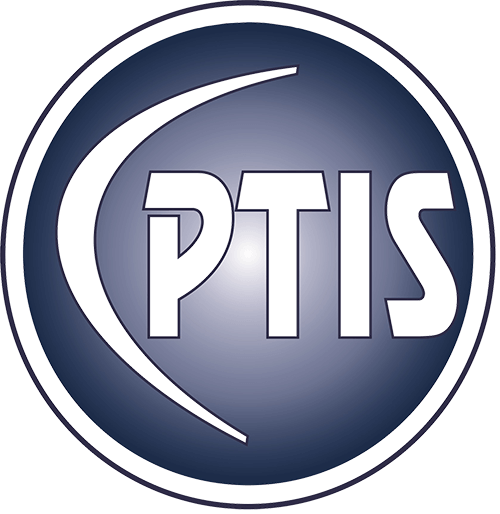Proper upkeep of waste disposal systems is crucial for any homeowner. Routine inspections and care can significantly reduce the risks associated with unexpected breakdowns and costly repairs. One of the primary concerns in this field is root intrusion, which can lead to severe blockages and long-term damage if not addressed promptly. https://rent-a-plumberandairconditioning.com
Preventing clogs is an essential part of any effective strategy for caring for your plumbing. Regular maintenance not only keeps sewage flowing smoothly but also extends the lifespan of the entire system. By being proactive and understanding the common issues associated with these vital installations, homeowners can save time, money, and frustration down the line.
In this article, we will delve into key strategies and tips for preserving your waste management infrastructure. From recognizing early warning signs to applying preventative measures, we aim to arm readers with the knowledge necessary to maintain their systems efficiently.
Identifying Common Signs of Sewer Line Problems
Recognizing early indicators of plumbing issues is crucial for effective maintenance. Homeowners should be vigilant for specific symptoms that may suggest underlying concerns in their drainage system.
One prevalent sign is slow drains. If multiple fixtures are experiencing sluggish drainage, it could indicate a significant blockage. Regular attention to clogs prevention strategies can mitigate such issues.
Another warning sign includes unexpected gurgling noises emanating from drains. This unsettling sound often signifies that air is trapped, hinting at a deeper obstruction within the piping.
Bad odors in your living space can also point toward piping issues. Foul smells could mean that waste is not being processed properly, raising concerns about possible leaks or breakage in the system.
Homeowners should also keep an eye out for wet spots in the yard. If unusual puddles appear, especially when there has been no rain, root intrusion may be the culprit, disrupting the normal functioning of the system.
Lastly, consistent backups in toilets or sinks should never be ignored. Such recurrent problems suggest that a more extensive evaluation of the plumbing may be necessary to ensure operational efficiency and avoid further complications.
Essential Tools and Techniques for Routine Sewage System Inspection
Regular examination of drainage systems is crucial for effective clogs prevention. Implementing proper inspection procedures can help homeowners detect issues early and maintain a healthy plumbing network. Various tools facilitate this process, ensuring comprehensive oversight of the pipes.
One of the most indispensable instruments is a video camera inspection tool. This device provides real-time footage of the inside of pipes, allowing for an accurate diagnosis of any potential blockages or damage. By assessing the footage, professionals can pinpoint problem areas without invasive digging.
Additionally, a plumbing snake or auger proves beneficial for clearing minor clogs and conducting routine cleanings. This flexible tool can navigate bends and curves within the piping, making it effective for localized interventions to maintain flow.
For further enhancement, drain cleaning chemicals can be employed. These solutions work to dissolve organic materials and grease buildup, reducing chances of recurring blockages over time. However, it’s important to use them cautiously to avoid damaging the pipes.
Monitoring the condition of access points, such as cleanouts, is also essential. Regularly checking these areas allows for easy access during inspections and maintenance tasks. Ensuring cleanouts remain accessible can greatly facilitate plumbing upkeep.
In summary, utilizing advanced inspection tools combined with efficient techniques can significantly improve the health of drainage systems. By prioritizing these practices, homeowners can ensure long-lasting functionality and prevent costly repairs in the future.
Steps for Performing Basic Sewer Repair and Unclogging
Performing regular repairs and unclogging of your drainage system can help you avoid costly damage in the future. Start by clearing the area around the access points to ensure easy access.
Next, use appropriate inspection tools such as a plumbing snake or an auger to identify and address blockages. If root intrusion is suspected, a specialized cutter can be employed to remove roots causing obstructions.
After resolving any clogs, consider flushing the system with water to ensure smooth flow. Regular inspection and proactive measures are key components in ensuring efficient drainage system functionality. For additional tips on tools and techniques, check out this resource: .
Additionally, after any repairs, monitor for any recurring issues as this could indicate deeper problems that may require professional assistance.
